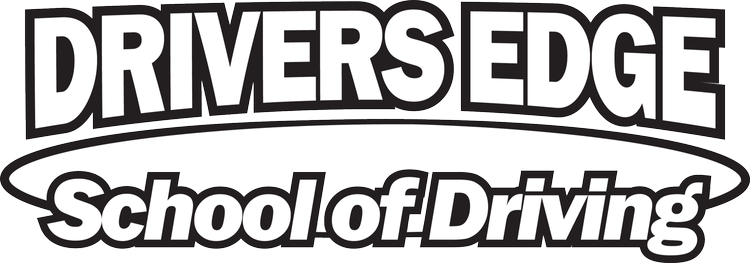“What is Traction Control”
There are many different safety features in your car. This blog has covered some of them like seat belts. Seatbelts help in the case of a collision. Today we will look at a safety feature that helps decrease slippage of the tires to prevent collisions.
The traction control system is an active safety feature that helps to keep a car’s grip between the tires and the road in slippery conditions. Since 2012, traction control has been a standard safety feature on cars sold in the United States. It can be turned on and off whenever the driver desires. The safety feature maintains a car’s traction by limiting how much the wheels can spin, making it easier to stay connected to the road surface.
The system works by sensing both the instantaneous speed of each wheel and the net speed of the vehicle overall. This data is compared, and when a wheel is found to be spinning faster than the net vehicle speed, the system intervenes to prevent this. To slow a spinning wheel, the traction control systems utilize a modified Anti-lock braking system (ABS). We will look at the ABS system at a later date. The traction control system adds hydraulic pressure to brake a spinning tire. Often the engine power is also decreased.
Traction control should always be on when you are driving normally on the road. Using traction control helps prevent slippage and sliding due to wet or slippery conditions. If you are stuck in snow or mud, it might be a good idea to turn the traction control off to get unstuck. The traction control prevents the wheels from unnecessarily spinning. When stuck, the best course of action may be to spin the wheels until they connect with a solid ground.
Traction control helps prevent your wheels from slipping underneath you. When driving in wet or other hazardous conditions, one should decrease speed and drive according to the weather conditions to not need the safety features built into the vehicle, but it is there if needed. With the weather turning towards spring, look for those spring showers that cause the road to be slippery.
